Medical Malpractice Insights: Excellent documentation supports standard of care and avoids lawsuit
EMDocs
FEBRUARY 28, 2024
Chuck Pilcher, MD, FACEP Editor, Medical Malpractice Insights Editor, Med Mal Insights Excellent documentation supports standard of care, avoids lawsuit Vertebral artery CVA leaves patient disabled. Code Stroke is called and he is seen by a neurologist within 10 minutes. Takeaways : Document! Could more have been done?



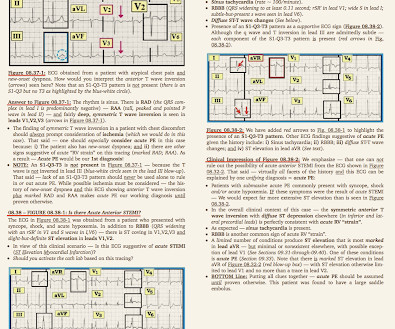


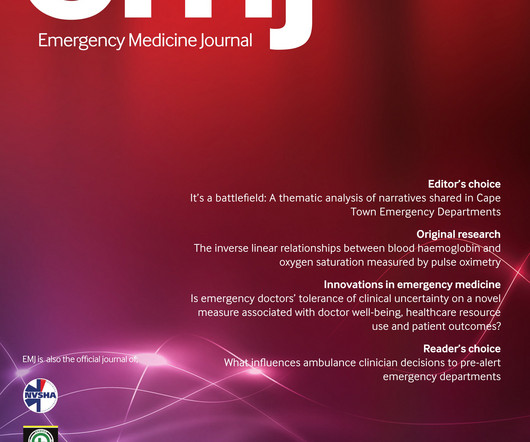



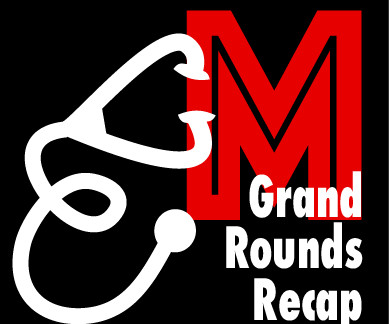



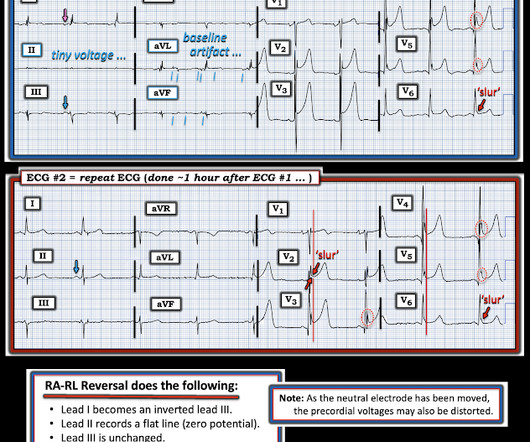








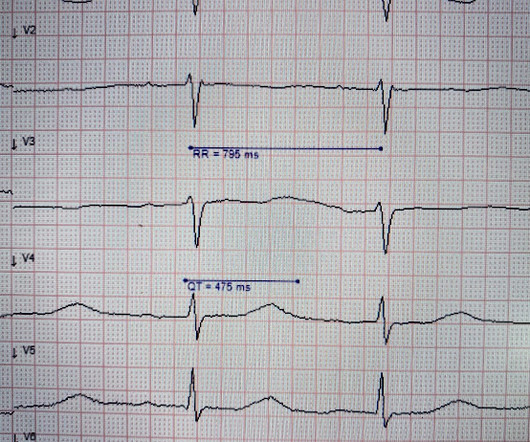




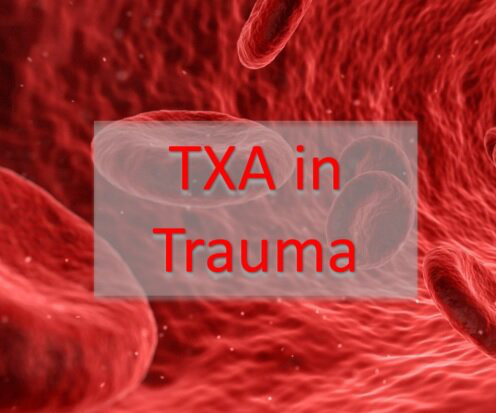
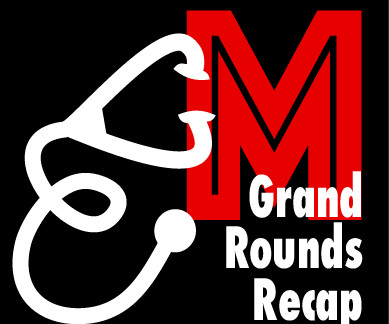

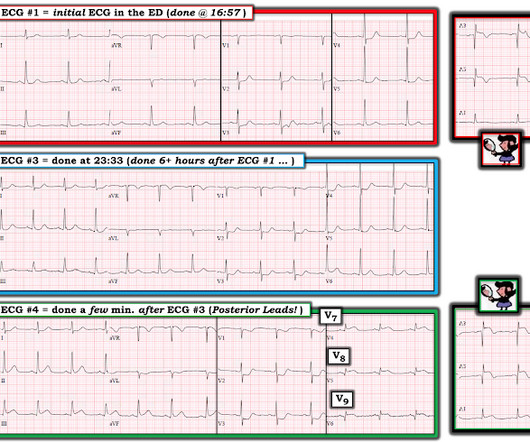

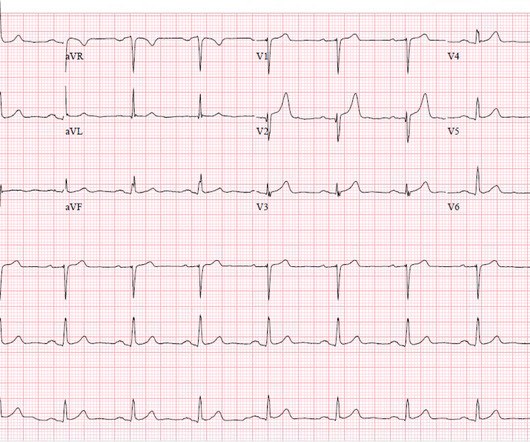





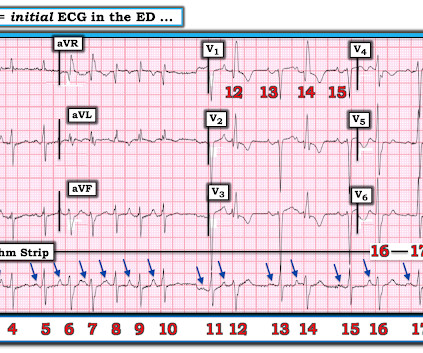











Let's personalize your content